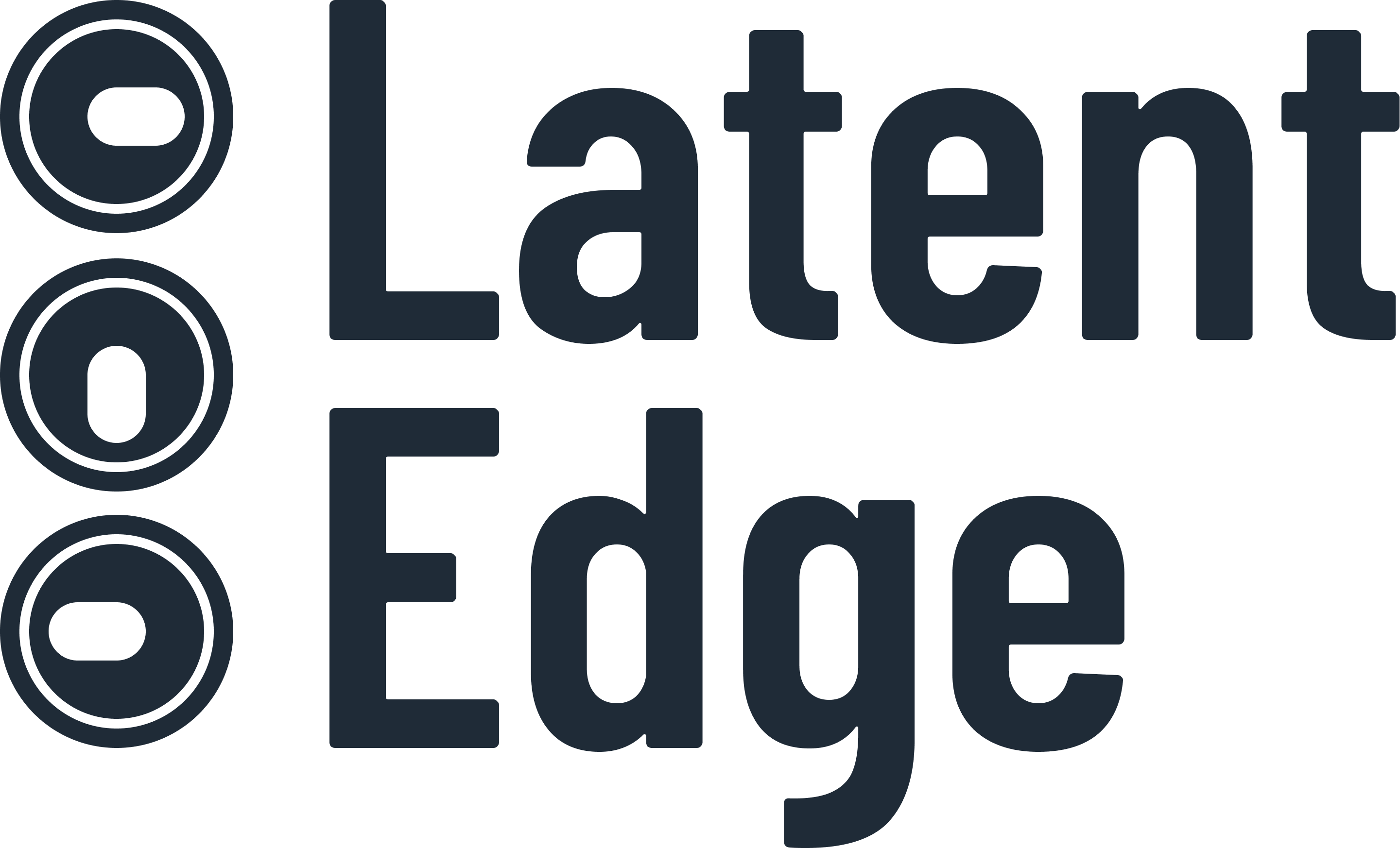How to Perform Due Diligence on AI, SaaS and PropTech Businesses

A comprehensive guide to conducting due diligence on businesses, explaining the core process and offering tailored checklists and considerations for AI, SaaS and PropTech companies.
How to Perform Due Diligence on AI, SaaS and PropTech Businesses
Introduction
Due diligence is the systematic evaluation of a business to understand its financial health, operational capabilities, and growth prospects. Whether you're investing, acquiring, or partnering with another firm, a thorough due‑diligence process helps identify risks and opportunities before committing resources. With the rapid rise of technology‐driven companies, the due diligence playbook must adapt to unique nuances in artificial intelligence (AI), software as a service (SaaS) and PropTech ventures. This post provides a comprehensive guide to running due diligence on these types of businesses, outlining a clear process and highlighting what makes each sector different.
1. Setting the Stage: The General Due Diligence Process
Before diving into sector specifics, it’s important to understand the core elements of any due‑diligence investigation. These elements apply across industries and serve as the foundation for specialised assessments.
1.1 Define Objectives and Scope
Start by clarifying why you are performing due diligence. Is it for a strategic investment, acquisition, joint venture or vendor evaluation? Your objectives will dictate the depth and focus areas of the investigation. Scope may vary depending on whether you need a surface‑level review or an exhaustive audit.
1.2 Assemble a Cross‑Functional Team
Due diligence requires expertise in finance, legal, technology and operations. Assemble a team with representatives from each field, ensuring that subject‑matter experts can address niche questions. In highly technical sectors like AI, you may need data scientists or machine‑learning engineers.
1.3 Collect Information and Documents
Request documentation early. Typical requests include:
- Financial statements (historical and projected)
- Customer contracts and service agreements
- Intellectual property (IP) portfolios
- Organisational charts and employment contracts
- Regulatory certifications and compliance records
- Technical documentation and infrastructure diagrams
Establish a secure, centralised data room to organise these materials and maintain transparency.
1.4 Conduct Interviews
Engage with key personnel, executives, product managers, lead engineers and financial officers. Interviews reveal insights beyond written documentation, uncovering cultural fit, strategic direction and operational challenges.
1.5 Identify Red Flags
As the investigation proceeds, track potential risks. These might include declining revenues, legal disputes, compliance gaps or weak data security. Log them and evaluate their severity and impact on your objectives.
1.6 Prepare a Final Report
Summarise findings in a structured report, highlighting strengths, weaknesses, risks and opportunities. Include recommendations for mitigation or improvement where applicable. This report forms the basis for negotiation or internal decision‑making.
2. Due Diligence for AI Businesses
Artificial intelligence companies rely on data, algorithms and specialised talent. Investors and partners should scrutinise these areas carefully.
2.1 Data Quality and Ownership
AI models are only as good as the data that trains them. Examine:
- Source of data: Are datasets proprietary, licensed or third‑party? Confirm that the business owns or has valid licenses for all training data.
- Data quality: Assess completeness, accuracy and bias. Poorly curated data can lead to flawed models.
- Data governance: Check how data is collected, stored and processed. Compliance with regulations like GDPR or CCPA is essential.
2.2 Model Development and IP
Understanding how the company builds and protects its models is crucial.
- Algorithm transparency: Review technical documentation of key models. Can they explain how the models work and how they are validated?
- Reproducibility: Can the team reproduce model results consistently? Lack of reproducibility suggests poor workflow management.
- IP protection: Evaluate patents, trade secrets and proprietary codebases. Confirm ownership, especially if third‑party consultants contributed to development.
2.3 Talent and Expertise
AI requires specialised skills. Evaluate:
- Team composition: Are there experienced data scientists, engineers and domain experts?
- Recruitment and retention: High turnover can disrupt projects. Examine hiring pipelines, employee satisfaction and retention rates.
- Continuing education: AI evolves quickly. Does the team stay current through conferences, courses or research partnerships?
2.4 Ethics and Bias
As AI influences more decisions, ethical considerations become critical.
- Bias mitigation: Ask how the company identifies and reduces bias in datasets and models.
- Explainability: Evaluate whether model outputs are explainable. In regulated industries, black‑box models may pose legal issues.
- Ethical guidelines: Check if the company has an ethics committee or guidelines for responsible AI use.
2.5 Scalability and Infrastructure
AI workloads can be resource‑intensive.
- Infrastructure: Assess whether current hardware and cloud resources support growth. Look into cost optimisation strategies.
- Deployment pipeline: Is there a robust MLOps framework for deploying models to production? Fragmented pipelines lead to technical debt.
3. Due Diligence for SaaS Businesses
SaaS companies deliver software via subscription. Investors focus on recurring revenue, customer retention and platform robustness.
3.1 Revenue Metrics
Recurring revenue is the lifeblood of SaaS.
- ARR/MRR: Analyse annual recurring revenue (ARR) and monthly recurring revenue (MRR). Look for consistent growth and a diverse client base.
- Churn rates: High churn signals customer dissatisfaction or lack of product‑market fit. Break down churn by customer segment to identify root causes.
- Lifetime value (LTV) and CAC: Calculate the ratio of customer lifetime value to customer acquisition cost. A healthy SaaS business typically has an LTV/CAC ratio of 3:1 or higher.
3.2 Customer Base and Contracts
Understanding the customer landscape helps assess risk.
- Contract duration: Longer contracts (annual or multi‑year) provide stability. Pay attention to renewal clauses and termination rights.
- Customer concentration: Dependence on a few large clients increases risk. Evaluate the revenue percentage contributed by the top ten clients.
- Pricing model: Per‑seat, usage‑based or tiered pricing models have different revenue predictability. Align pricing strategies with industry norms.
3.3 Product and Roadmap
SaaS viability depends on product quality and future vision.
- Platform maturity: Review product roadmap and release cadence. Frequent updates signal active development.
- Competitive differentiation: Identify unique features or integrations that set the product apart. Lack of differentiation may limit growth.
- Customer feedback loop: Determine how the company gathers and acts on user feedback. A strong feedback loop enhances product relevance.
3.4 Technology and Security
Customers entrust SaaS providers with data and operations.
- Architecture: Inspect the application architecture for scalability, modularity and resilience.
- APIs and integrations: A robust API ecosystem supports partners and customers who want to extend the product.
3.5 Team and Culture
SaaS success requires a strong internal culture.
- Development team: Evaluate the skills, size and productivity of developers and DevOps engineers.
- Sales and marketing: Assess the strength of marketing channels, inbound lead generation and sales processes.
- Customer success: An engaged customer success team reduces churn and boosts upsell opportunities.
4. Due Diligence for PropTech Businesses
PropTech companies blend real estate with technology. They might offer property management platforms, automated valuation models or site‑viability tools. Due diligence must examine both property and tech aspects.
4.1 Regulatory and Legal Considerations
Real estate is heavily regulated.
- Data usage: PropTech firms often leverage mapping, geospatial or property databases. Verify rights to use these datasets and confirm compliance with privacy laws.
- Ownership and liability: Ensure the business has clear policies regarding property transactions, liability and insurance.
4.2 Market Fit and Demand
PropTech adoption varies across markets.
- Target market: Identify whether the product serves developers, investors, brokers or tenants. Each segment has distinct needs.
- User adoption: Check adoption rates and usage statistics. Are there pilot projects with credible clients? Do users integrate the tool into their workflows?
- Competitor landscape: Compare the company’s offering with existing solutions, including legacy systems and other PropTech startups.
4.3 Technology Evaluation
As with SaaS and AI, technology is core.
- Platform robustness: Assess the system’s scalability, user experience and reliability. For mission‑critical applications like automated valuations, uptime and accuracy are paramount.
- Integration: PropTech tools often need to integrate with external APIs (e.g., mapping services, listing databases, building information models). Examine how seamless these integrations are and whether there are dependencies on third parties.
- Data analytics: Evaluate how the platform analyses data and presents insights. Does it use machine learning to forecast market trends or site viability? Ensure the methodology is sound and validated.
4.4 Partnerships and Ecosystem
The success of a PropTech business often hinges on partnerships.
- Industry relationships: Review alliances with real estate firms, construction companies, municipalities or other service providers. Strong partnerships can accelerate adoption.
- Data providers: Evaluate agreements with property data vendors, mapping services or IoT providers. Termination clauses or exclusivity restrictions can affect continuity.
- Channel strategy: Understand how the company sells its product, direct, through brokers, or via integrations with other platforms.
4.5 Financial and Operational Health
Beyond property‑specific issues, standard financial and operational checks apply.
- Revenue streams: Identify whether revenue comes from subscription fees, transaction fees, advertising or data licensing. Diversified streams reduce risk.
- Operational efficiency: Evaluate cost structures, especially around customer acquisition and infrastructure. For PropTech solutions involving physical sensors or hardware, check logistics and maintenance processes.
- Growth trajectory: Review plans for expansion into new regions or verticals. Real‑estate markets are local; scaling requires careful navigation of local regulations and relationships.
5. Building Your Due Diligence Checklist
Although the specifics differ by industry, a robust due‑diligence checklist ensures nothing falls through the cracks. Here’s a consolidated checklist you can adapt:
- Financial Assessment
- Audited financial statements (3–5 years)
- Revenue breakdown by product and customer segment
- Cash flow statements and burn rate (for startups)
- Debt obligations and capital structure
- Legal and Compliance
- Incorporation documents and cap table
- Intellectual property filings and patents
- Active or pending litigation
- Regulatory licences (e.g., FCA for financial services, real‑estate licences for PropTech)
- Commercial Evaluation
- Customer contracts and renewal rates
- Pricing strategy and discount policies
- Sales pipeline and backlog
- Competitive analysis and market positioning
- Operational Review
- Organisational structure and key personnel contracts
- Product roadmap and development processes
- Infrastructure diagrams and technology stack
- Data security policies and compliance certifications
- Sector‑Specific Considerations
- AI: Data ownership, algorithm transparency, ML infrastructure and talent retention
- SaaS: Subscription metrics, churn, LTV/CAC and deployment pipelines
- PropTech: Real‑estate compliance, data licensing, partner ecosystems and property regulations
Conclusion
Due diligence is both an art and a science. A structured process identifies known risks, while deep sector knowledge uncovers subtleties unique to AI, SaaS and PropTech businesses. Whether you’re an investor evaluating an acquisition or a founder preparing for a sale, understanding these nuances helps you make informed decisions and set realistic expectations. By taking the time to conduct comprehensive due diligence, you’ll not only mitigate risk but also unlock value and build stronger, more sustainable partnerships.
Got a project in mind?





